Discovering history in the most unlikely places can be truly fascinating. In this article, we explore unique artifacts found in unexpected locations. These discoveries reveal hidden stories and connect us to our past in surprising ways. From ancient treasures to forgotten relics, each item has a tale to tell. Join us as we uncover these remarkable finds and their historical significance.
Rosetta Stone – Rashid, Egypt
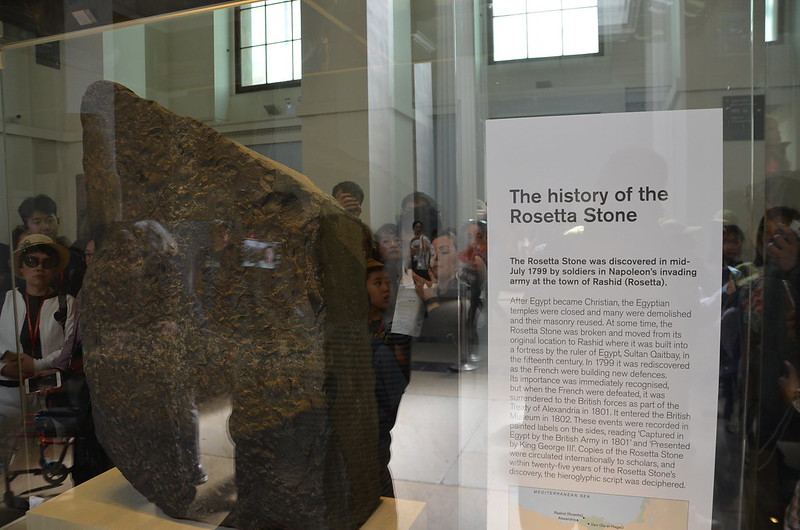
The Rosetta Stone, a granodiorite stele inscribed with three scripts—Greek, Demotic, and Egyptian hieroglyphs—was discovered by French soldiers in 1799 in the small town of Rashid (Rosetta) in Egypt. Its discovery provided the key to deciphering ancient Egyptian scripts, opening up a wealth of knowledge about ancient Egyptian civilization. Measuring 44 inches high and weighing about 1,680 pounds, this artifact’s unexpected find revolutionized our understanding of ancient languages.
Terracotta Army – Xi’an, China
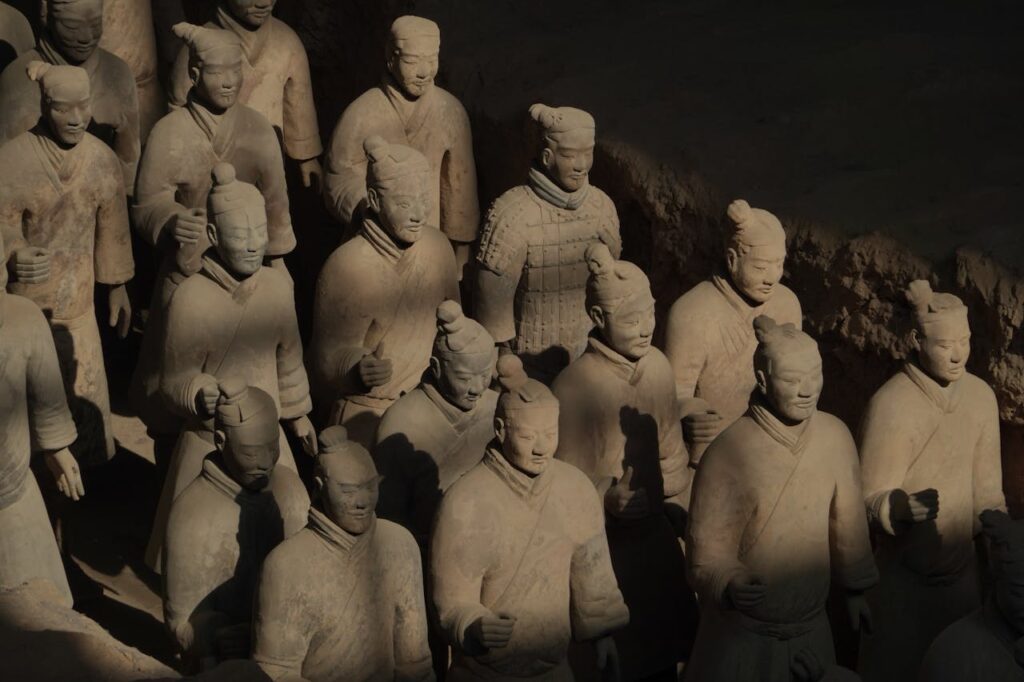
In 1974, farmers digging a well in Xi’an, China, stumbled upon one of the most significant archaeological finds of the 20th century: the Terracotta Army. This vast collection of terracotta sculptures, numbering over 8,000 soldiers, chariots, and horses, was buried to accompany the first Emperor of China, Qin Shi Huang, in the afterlife. Each life-sized figure is uniquely detailed, providing insights into ancient Chinese art, culture, and military practices.
Dead Sea Scrolls – Qumran Caves, Israel
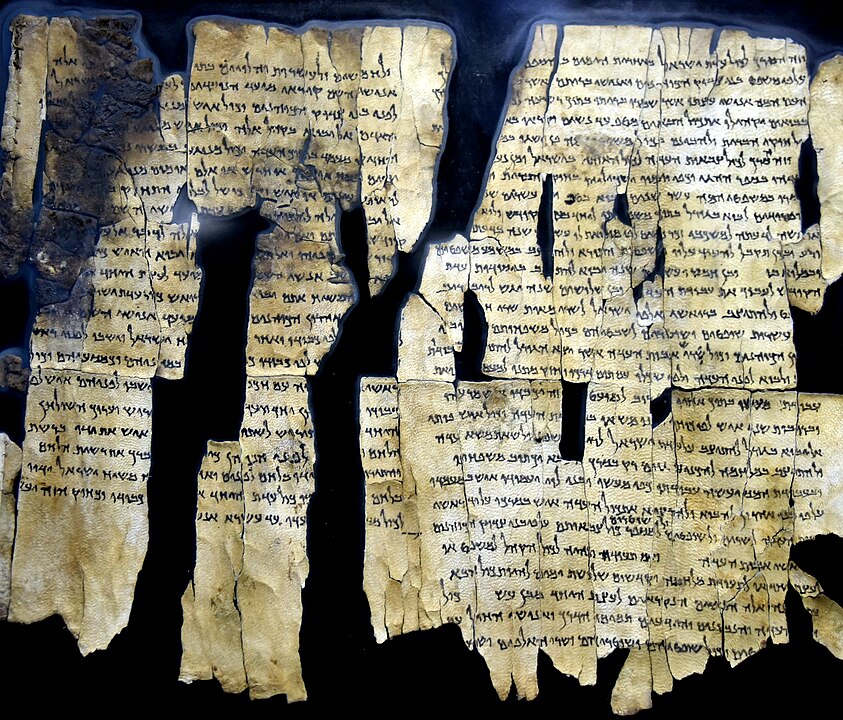
The Dead Sea Scrolls were discovered between 1947 and 1956 in the Qumran Caves near the Dead Sea by a young Bedouin shepherd. These ancient Jewish texts, including some of the oldest known manuscripts of the Hebrew Bible, date back to the third century BCE. The scrolls, written on parchment and papyrus, have shed light on the origins of Judaism and early Christianity, making them one of the most important archaeological finds.
Machu Picchu – Peru
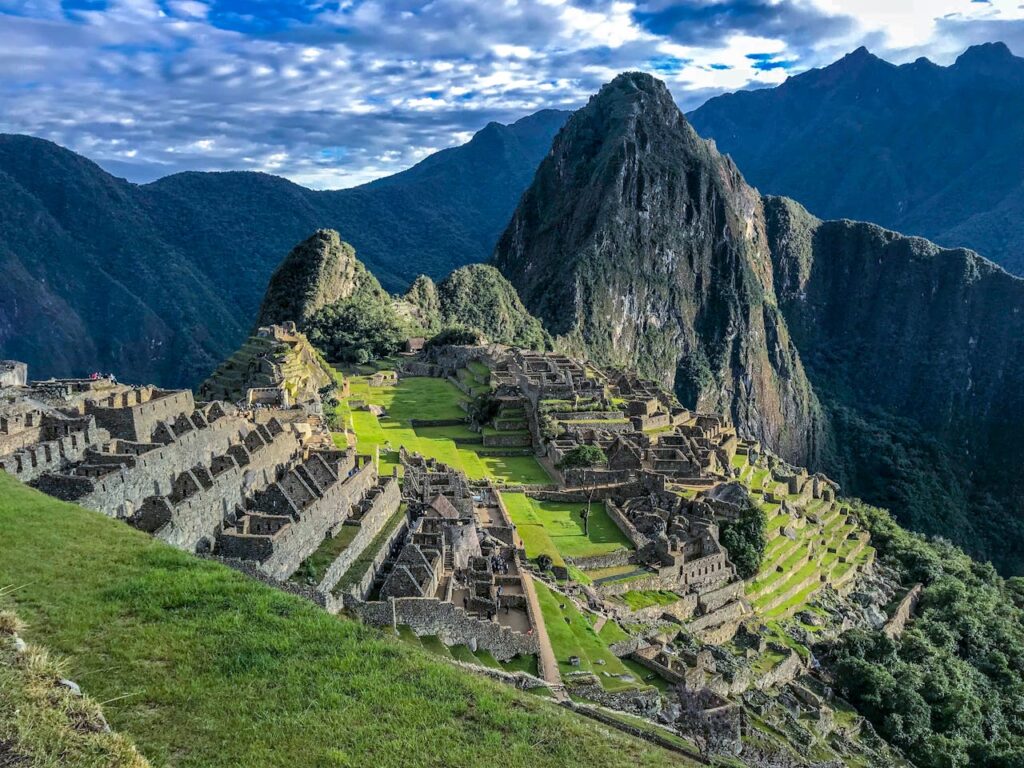
Hiram Bingham, an American historian, rediscovered the ancient Incan city of Machu Picchu in 1911 while searching for Vilcabamba. Perched high in the Andes Mountains, Machu Picchu had remained hidden from the outside world for centuries. This well-preserved site, featuring terraces, temples, and plazas, offers a glimpse into the sophisticated engineering and architectural skills of the Incas.
Lascaux Cave Paintings – France
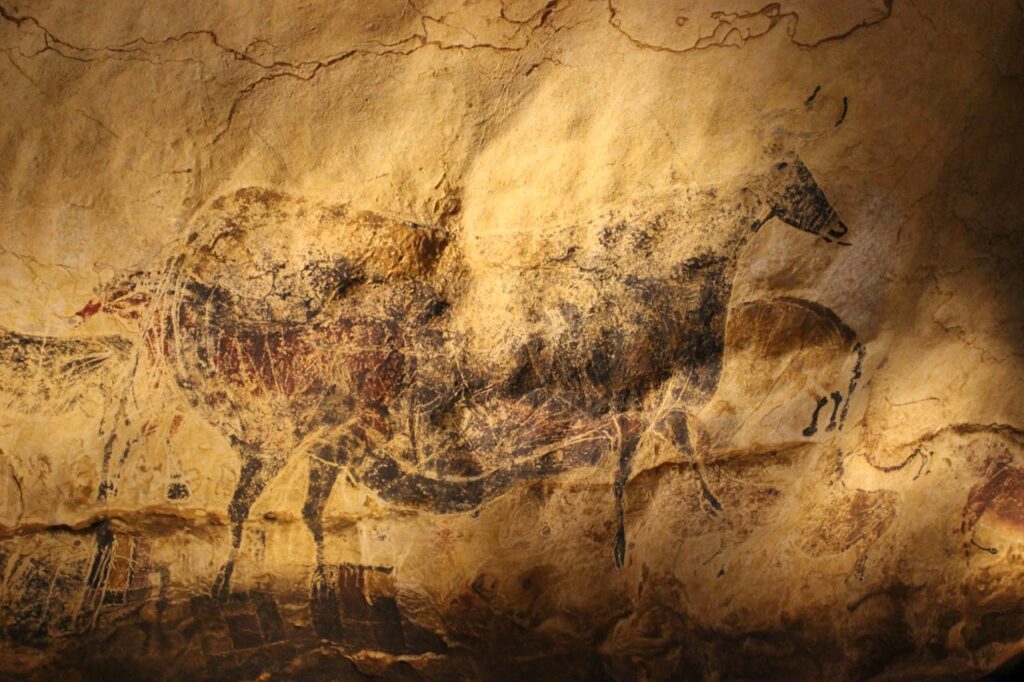
In 1940, a group of teenagers exploring a cave in Lascaux, France, uncovered one of the most remarkable collections of prehistoric art. The cave walls are adorned with over 600 paintings and 1,500 engravings, depicting animals, humans, and abstract symbols. These Paleolithic artworks, dating back around 17,000 years, provide invaluable insights into the lives and beliefs of early humans.
Sutton Hoo Ship Burial – England
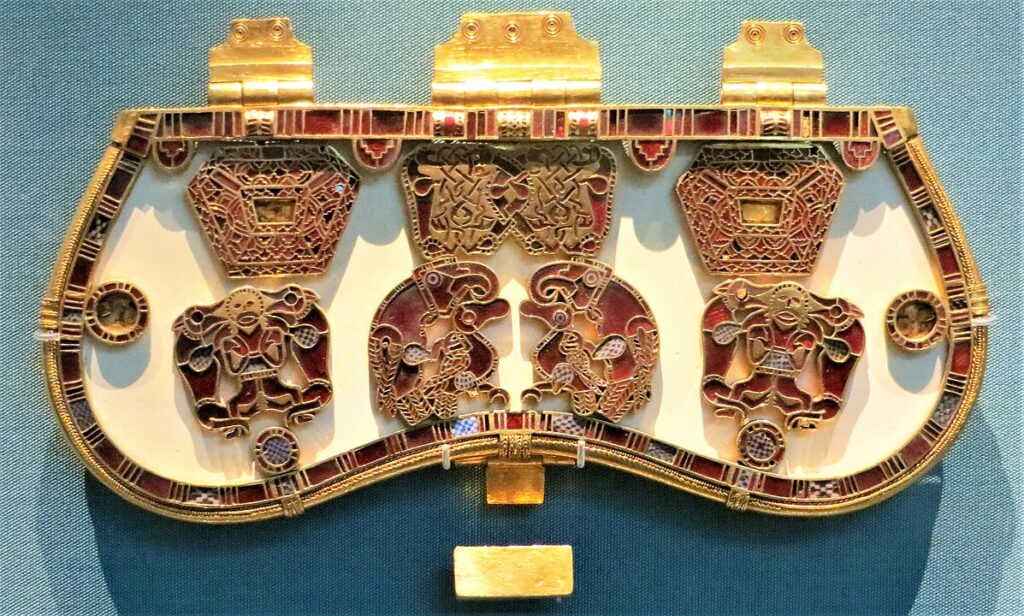
In 1939, archaeologists excavated a large burial mound at Sutton Hoo in Suffolk, England, uncovering a 7th-century Anglo-Saxon ship burial. The site contained a wealth of treasures, including a helmet, weapons, jewelry, and silverware, believed to belong to an East Anglian king. The artifacts reveal much about early medieval craftsmanship, trade, and social hierarchy.
The Hoxne Hoard – Suffolk, England
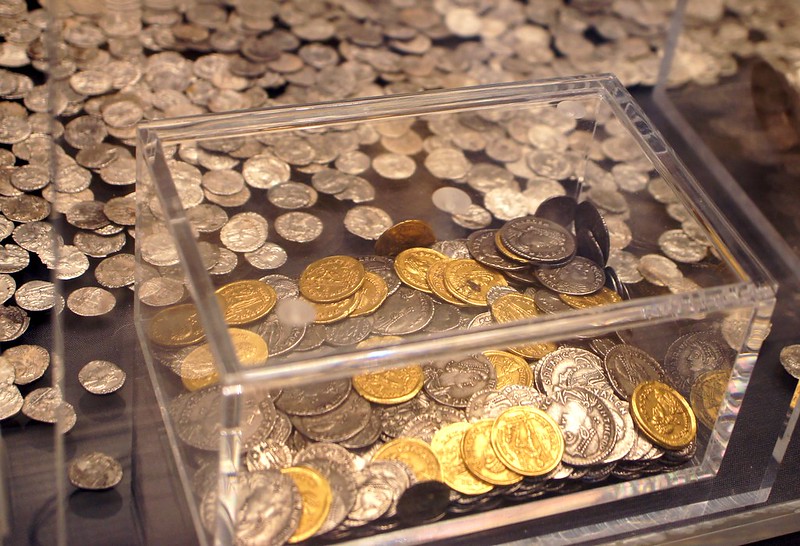
In 1992, a farmer in Hoxne, Suffolk, England, lost a hammer and enlisted the help of a friend with a metal detector to find it. Instead, they uncovered the largest hoard of late Roman gold and silver ever found in Britain. The Hoxne Hoard consists of over 15,000 Roman coins, along with jewelry, silver tableware, and other precious items, dating back to the 4th and 5th centuries CE. This incredible find offers valuable insights into the wealth and craftsmanship of the late Roman Empire, as well as the turbulent period of its decline in Britain. The hoard is now housed in the British Museum, where it continues to fascinate historians and visitors alike.
King Tutankhamun’s Tomb – Valley of the Kings, Egypt
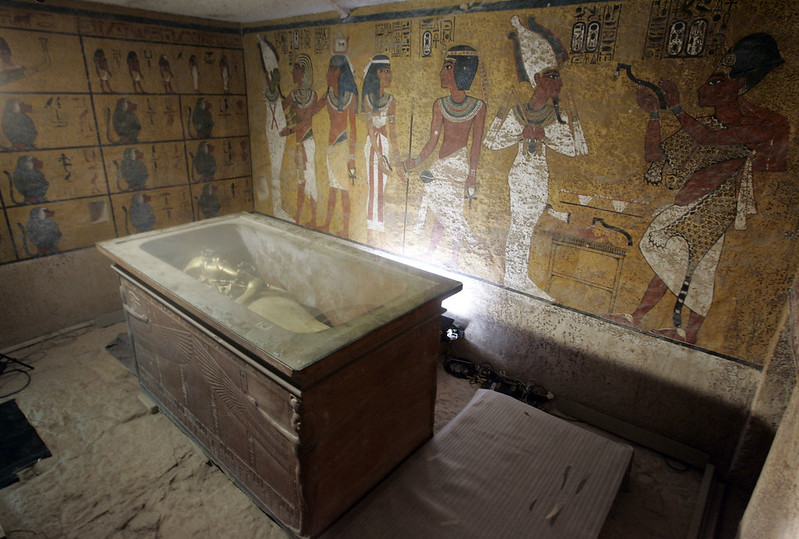
The tomb of the boy king Tutankhamun was discovered by British archaeologist Howard Carter in 1922. Located in the Valley of the Kings, the tomb was remarkably intact, filled with treasures including the famous golden death mask, jewelry, chariots, and furniture. This discovery provided an unprecedented glimpse into ancient Egyptian burial practices and the opulence of the 18th dynasty.
The Venus de Milo – Milos, Greece
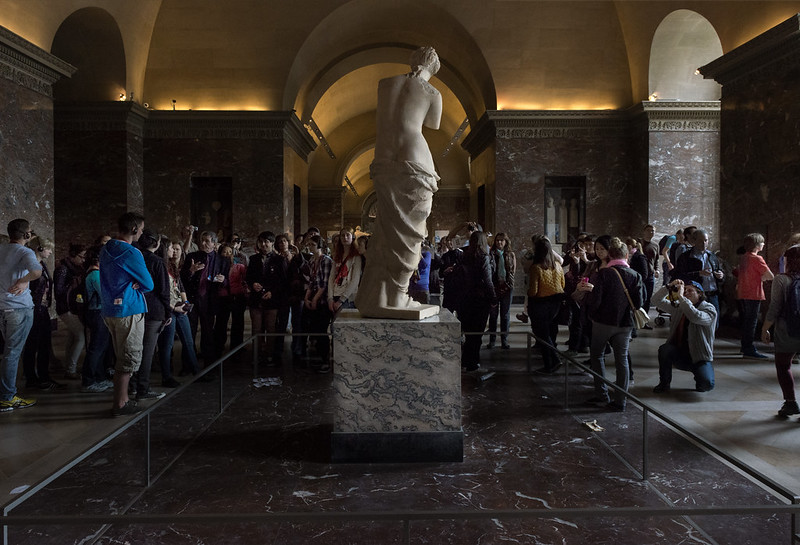
In 1820, a Greek peasant discovered the Venus de Milo on the island of Milos. This ancient Greek statue, attributed to the sculptor Alexandros of Antioch, is believed to represent Aphrodite, the goddess of love and beauty. Standing over six feet tall, the marble statue is celebrated for its exquisite craftsmanship and remains one of the most famous works of ancient Greek art.
Pompeii – Italy
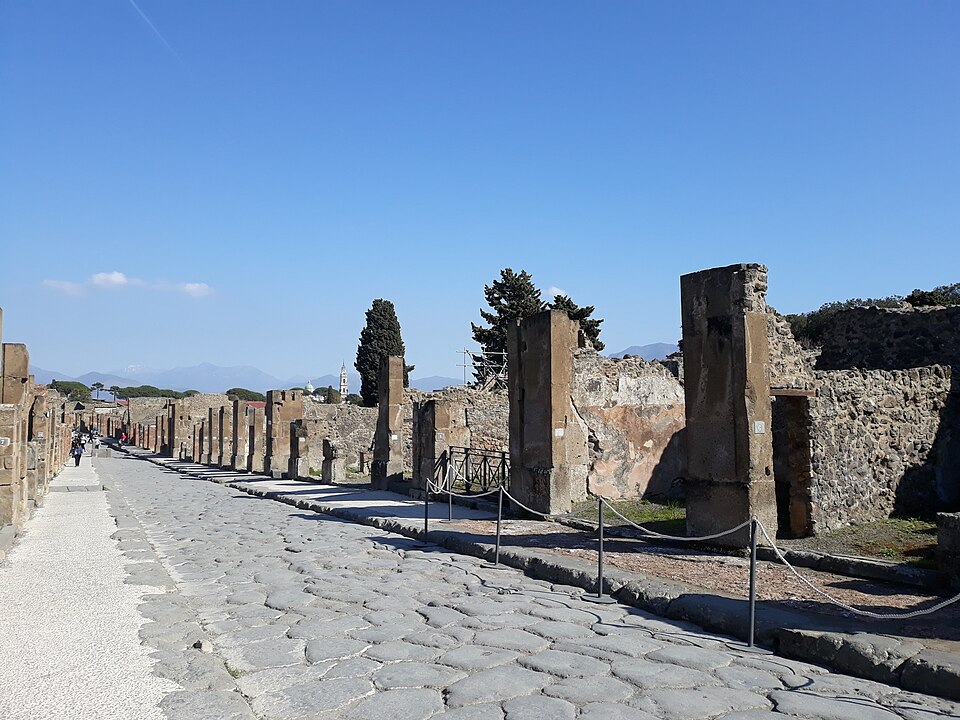
The ancient Roman city of Pompeii was buried under volcanic ash and pumice after the eruption of Mount Vesuvius in 79 CE. Rediscovered in 1748, Pompeii provides a detailed snapshot of Roman life frozen in time. Excavations revealed well-preserved buildings, frescoes, and everyday items, offering invaluable insights into the social, economic, and cultural aspects of Roman society.
The Altamira Cave Paintings – Spain
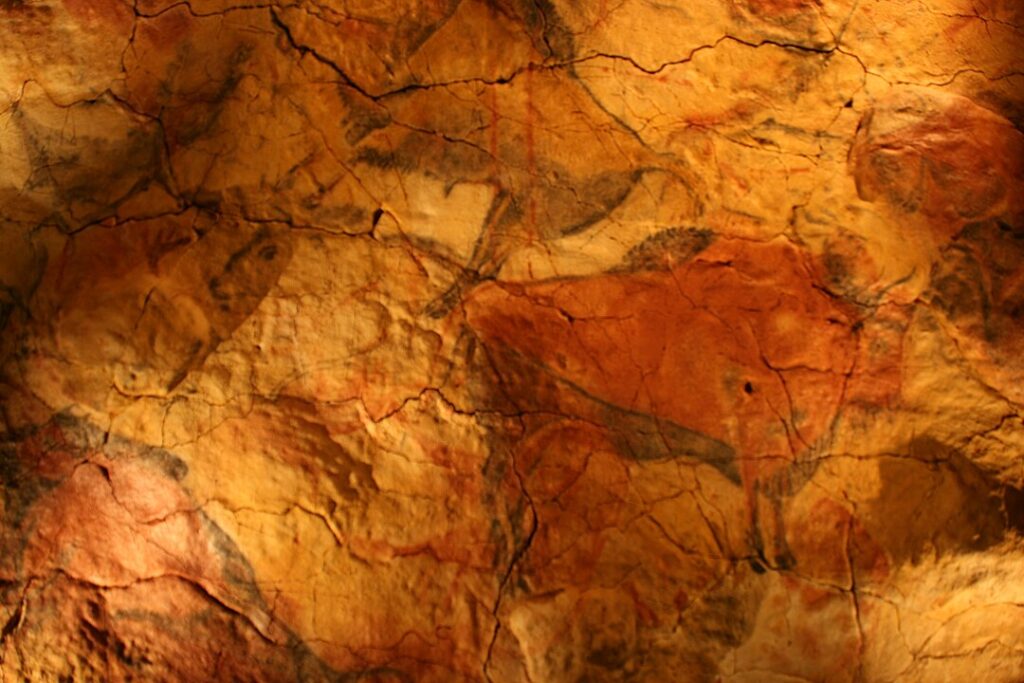
Discovered in 1868 by a hunter and later brought to prominence by amateur archaeologist Marcelino Sanz de Sautuola in 1879, the Altamira Cave in Spain houses some of the most exquisite examples of Upper Paleolithic art. The cave’s walls and ceilings are adorned with vivid depictions of bison, deer, horses, and handprints, created using natural pigments around 36,000 years ago. These paintings are renowned for their use of perspective and shading, demonstrating advanced artistic skills. The discovery of the Altamira Cave Paintings challenged existing perceptions of prehistoric humans, showcasing their capacity for complex thought and creativity.
The Baghdad Battery – Iraq
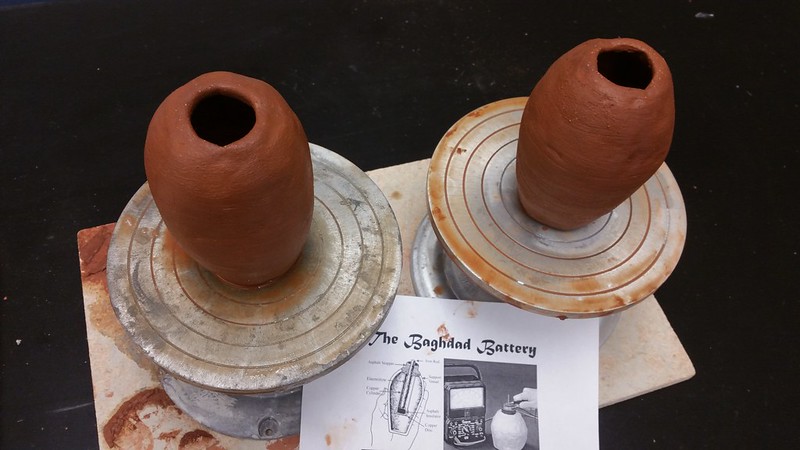
Discovered in the 1930s in Khujut Rabu, Iraq, the Baghdad Battery consists of terracotta pots, copper cylinders, and iron rods, dating back to the Parthian or Sassanid periods (roughly 150 BCE to 650 CE). The exact purpose of these artifacts remains debated, but some theories suggest they could have been used for electroplating or as early forms of batteries, indicating advanced technological knowledge.
The Copper Scroll – Dead Sea, Israel
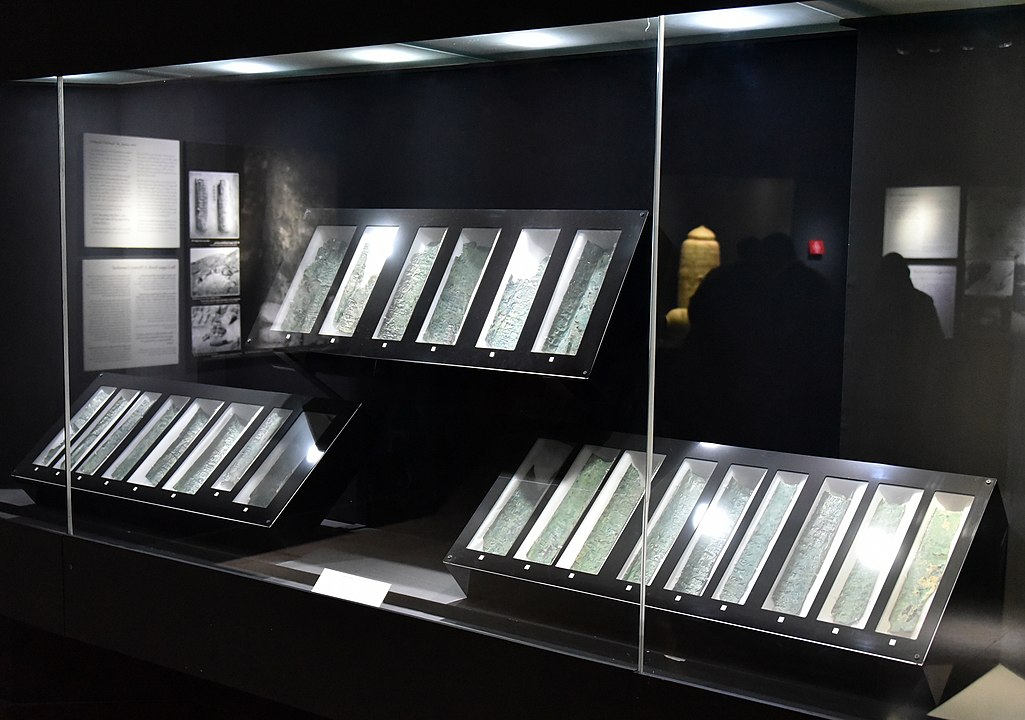
Found among the Dead Sea Scrolls in 1952, the Copper Scroll is a unique artifact inscribed with details of hidden treasures. Unlike the other scrolls made of parchment or papyrus, this one is made of copper, suggesting it was intended for preservation. The text lists various sites where gold, silver, and other valuables are supposedly buried, sparking intrigue and speculation about ancient wealth.
The Shroud of Turin – Turin, Italy
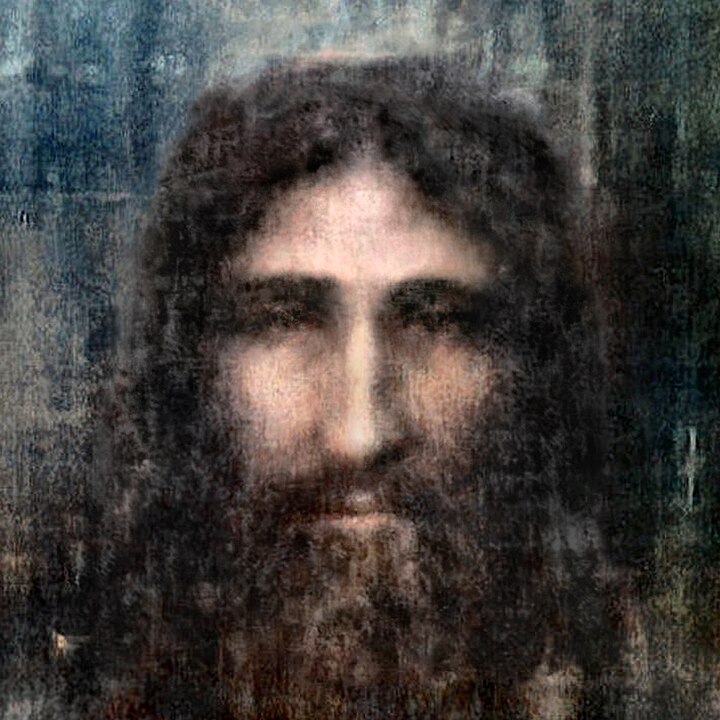
The Shroud of Turin, a linen cloth bearing the faint image of a man, is believed by some to be the burial shroud of Jesus Christ. Its exact origins are still debated, but it has been housed in the Cathedral of Saint John the Baptist in Turin, Italy, since the 16th century. Scientific analyses and carbon dating have produced conflicting results, making it one of the most studied and controversial religious artifacts.
The James Ossuary – Jerusalem, Israel
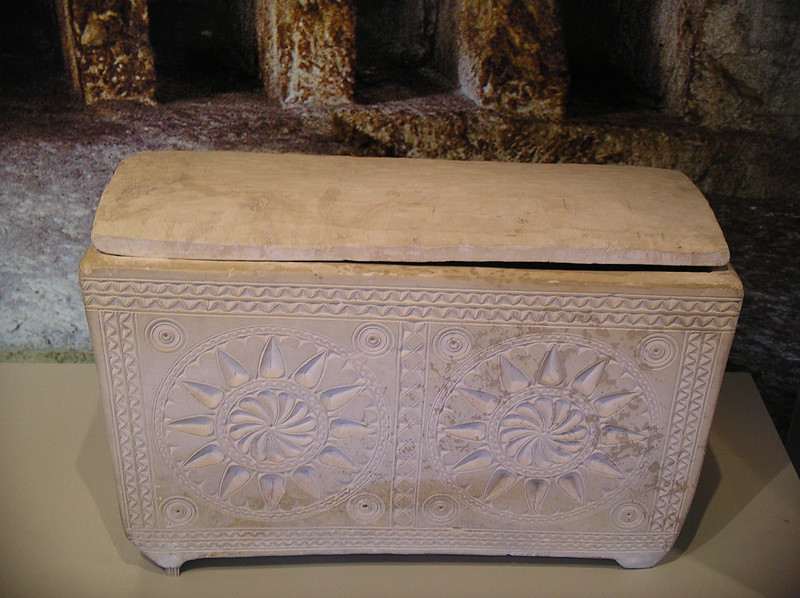
The James Ossuary, a limestone bone box, was revealed to the public in 2002. Inscribed in Aramaic with the words “James, son of Joseph, brother of Jesus,” the ossuary dates to the 1st century CE. This artifact was found in Jerusalem and quickly became a subject of intense debate and investigation. If authentic, it would provide physical evidence of the historical existence of James, the brother of Jesus Christ, and possibly the earliest archaeological link to the New Testament figures. The inscription’s authenticity has been both supported and contested by scholars, making the James Ossuary one of the most intriguing and controversial artifacts in biblical archaeology.
The Antikythera Mechanism – Greece
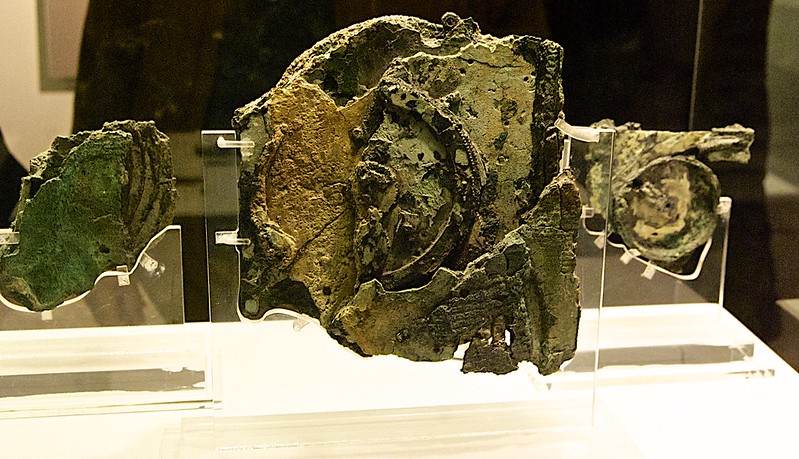
Discovered in 1901 among the remains of a shipwreck off the coast of the Greek island Antikythera, this ancient Greek device is considered the world’s first analog computer. Dating to around 100 BCE, it was used to predict astronomical positions and eclipses for calendrical and astrological purposes. Its intricate system of gears and precise craftsmanship demonstrate a level of technological sophistication previously thought impossible for its time.
The Mask of Agamemnon – Mycenae, Greece
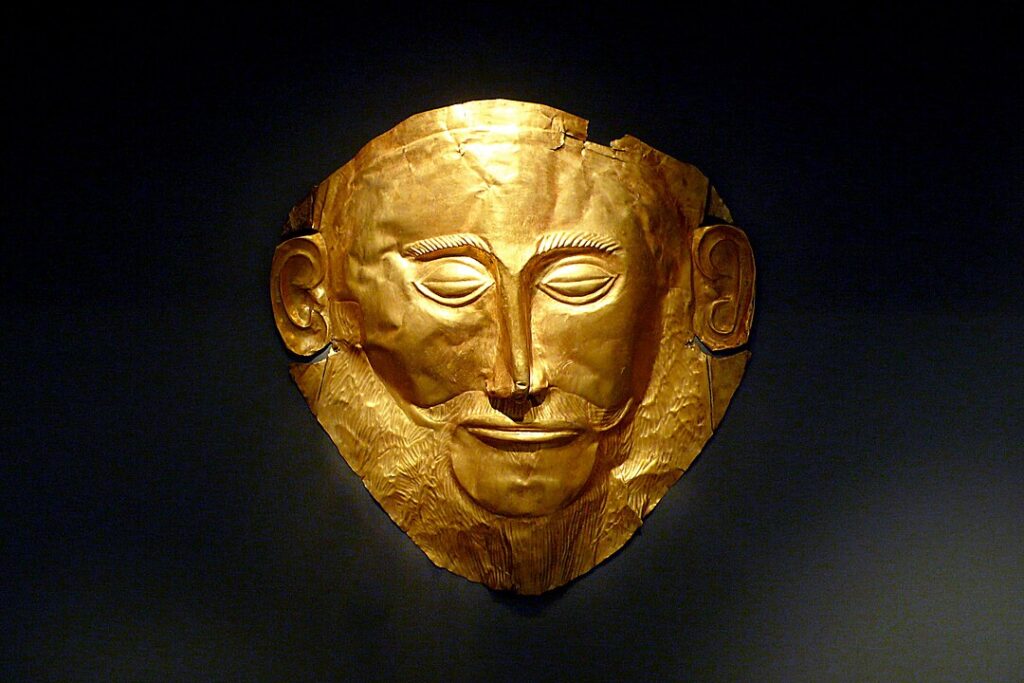
In 1876, German archaeologist Heinrich Schliemann discovered the Mask of Agamemnon in a shaft grave at Mycenae, Greece. This gold funeral mask, dating back to the 16th century BCE, is one of the most famous artifacts from ancient Greece. While initially thought to belong to the legendary king Agamemnon, later research suggests it predates him by several centuries. The mask’s detailed craftsmanship and the grave’s rich contents provide valuable insights into Mycenaean funerary practices and society.
The Peking Man – Zhoukoudian, China
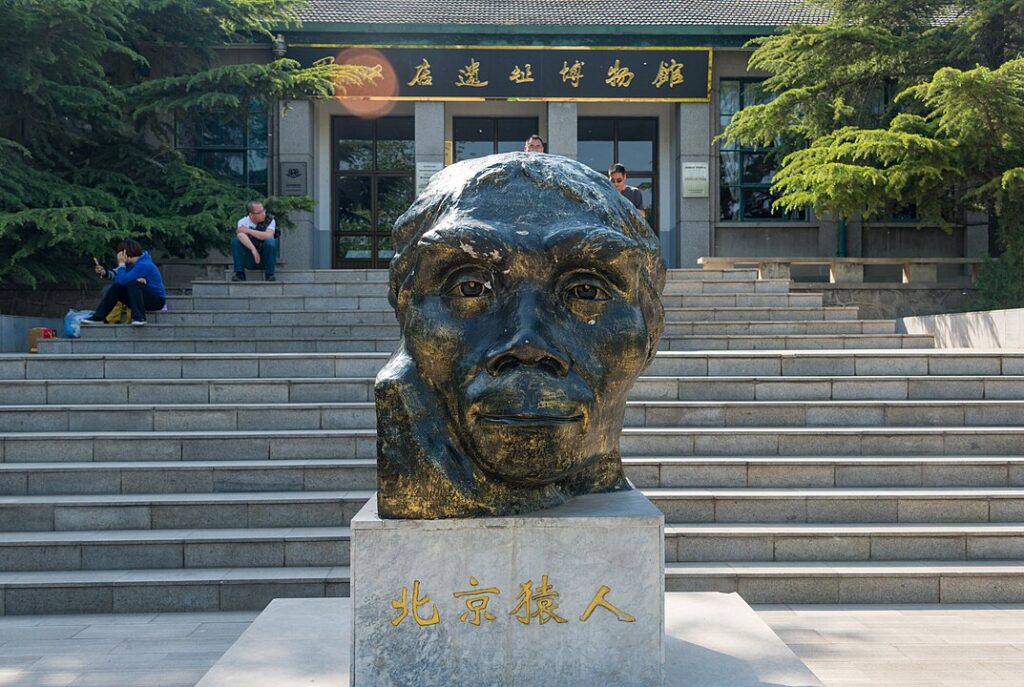
In the 1920s, fossilized remains of Homo erectus, known as Peking Man, were discovered in Zhoukoudian, China. These remains, dating back approximately 700,000 years, were found in a cave and include skulls, teeth, and other bones. The site also contained evidence of early human tool use and controlled use of fire. The Peking Man discovery significantly contributed to the understanding of human evolution and early human behavior in East Asia.
The Vindolanda Tablets – England
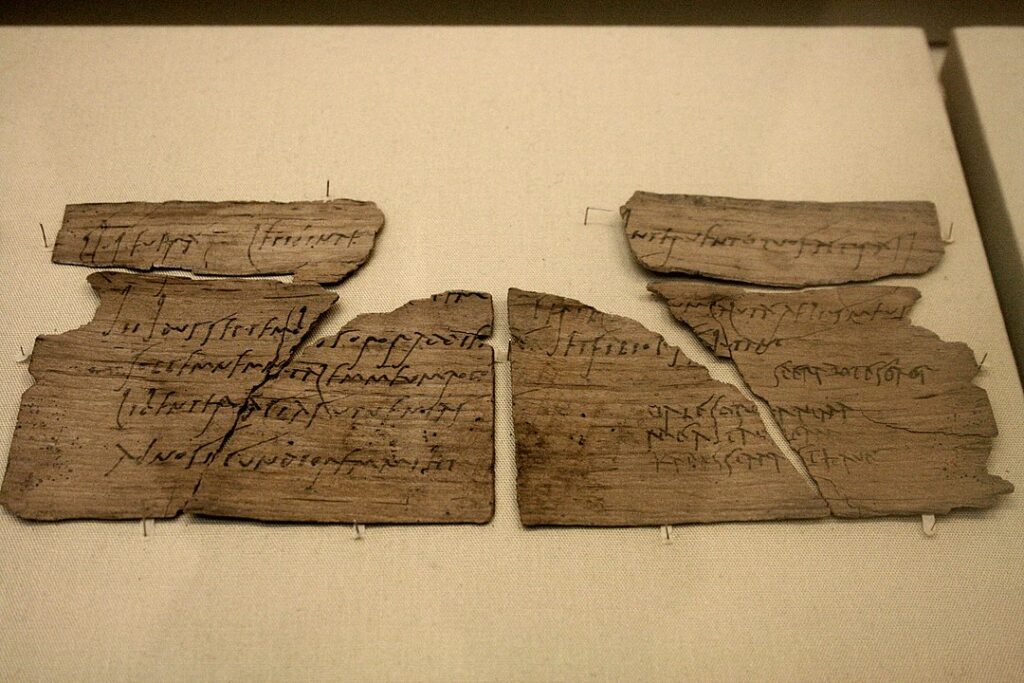
The Vindolanda Tablets, discovered at the Roman fort of Vindolanda near Hadrian’s Wall in northern England, are wooden writing tablets dating from the 1st to 2nd centuries CE. These tablets contain personal letters, military reports, and administrative documents, providing a rare and detailed glimpse into the daily lives of Roman soldiers and their families stationed on the northern frontier of the Roman Empire.
The Lewis Chessmen – Isle of Lewis, Scotland
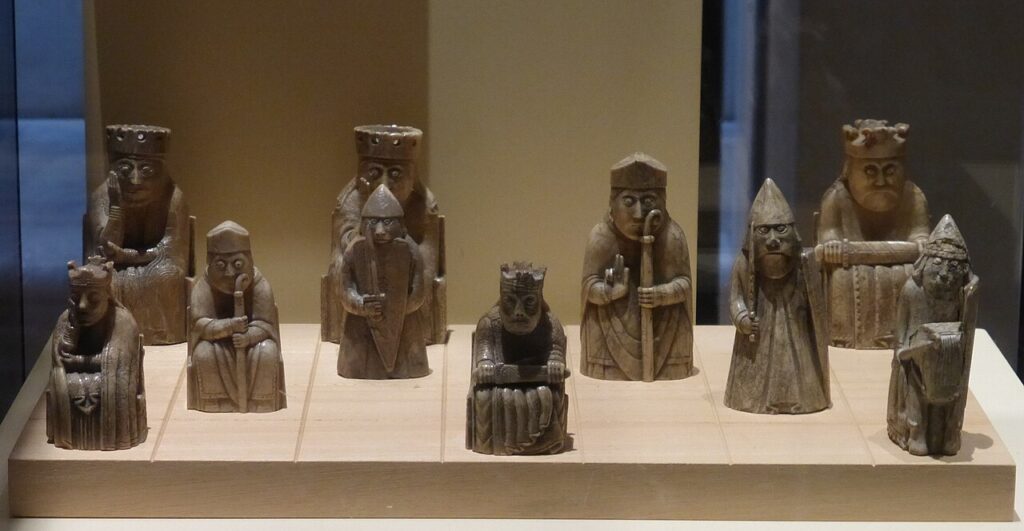
In 1831, a hoard of 12th-century chess pieces, now known as the Lewis Chessmen, was discovered on the Isle of Lewis in Scotland’s Outer Hebrides. Carved from walrus ivory and whales’ teeth, the 93 pieces represent a complete chess set and several additional gaming pieces. Their intricate designs and distinctive expressions provide a glimpse into medieval Norse art and the spread of chess in Europe. The Lewis Chessmen are considered one of the most important archaeological finds related to the history of the game of chess.
This article originally appeared on UnifyCosmos.
More from UnifyCosmos
22 Strategies for Better Sleep Quality

In this article, we will explore various techniques to improve your sleep quality, helping you to wake up refreshed and ready to tackle the day. Read more!
20 Must-Know Grooming Tips for Modern Men

In this article, we’ll explore essential grooming tips that will help you look sharp, feel fresh, and present the best version of yourself. Read more!
22 Secrets to Effective Multitasking

From prioritizing tasks to leveraging technology, we’ll explore practical strategies to help you manage your time and efforts effectively. Read more!
Leave a Reply